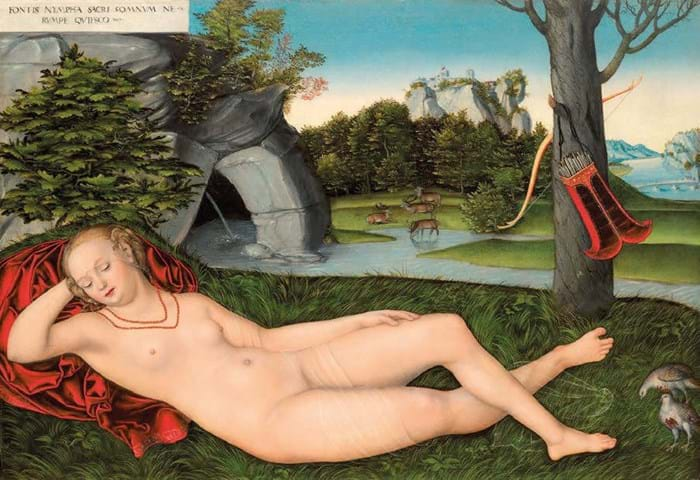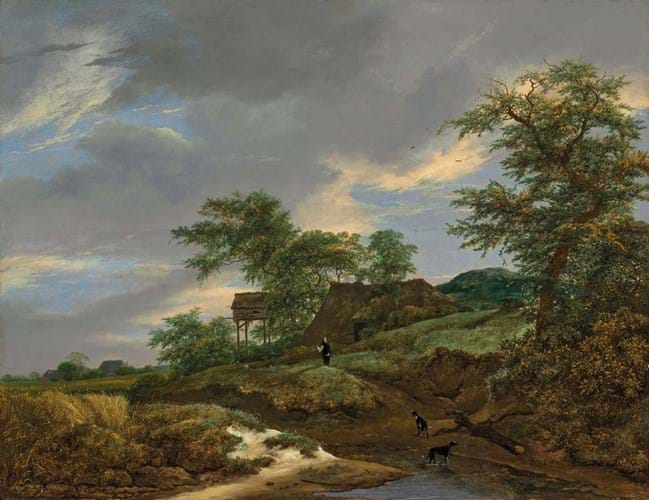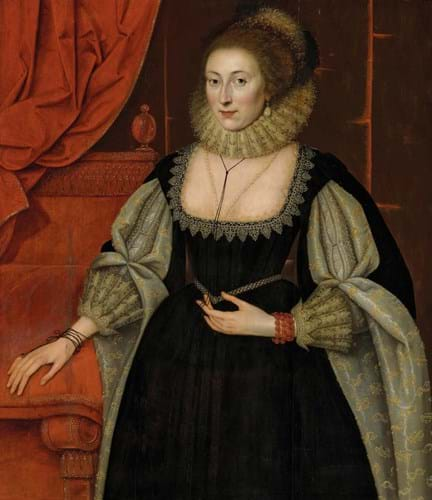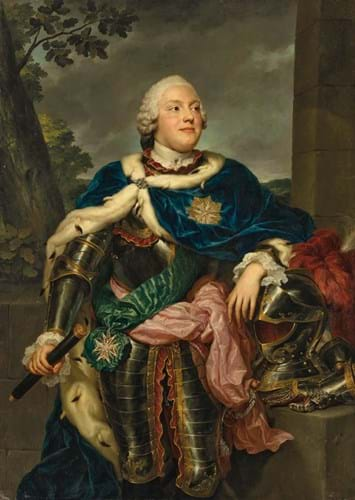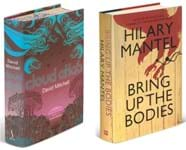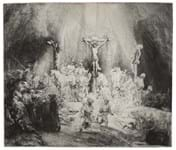While some sectors of the art market experienced a glut of supply this summer as items held back during the pandemic finally came forth, the reverse seemed to happen in the Old Master sector.
Consignments were thin on the ground, especially at Sotheby’s and Christie’s evening sales in London which ended up being pretty short events. While the overall totals looked patchy, clients and spectators in the room at least could head off for an early dinner.
Ultimately any Old Master auction series lives or dies by whatever happens to become available in a given season. But the distinct lack of major works this July must have given pause for thought for industry heads.
One source within a leading auction house mentioned that some European vendors are being put off by the 5% import VAT now applicable on works sold to UK buyers since Brexit. Rather than the extra paperwork, which is mostly manageable if slightly irksome for the larger salerooms, it was this that had more of an effect.
But, since this did not necessarily affect the Modern and Contemporary market in the same way, it can surely be only a small part of the overall Old Master story. Was the dearth of consignments simply unlucky; a one-off perhaps with future series returning to normal levels?
ATG understands that some significant collections indeed were not signed off in time for the latest series but may appear in the December sales instead. But, to some extent, that must be something that occurs every year.
Disappointing total
Regarding these latest sales, the facts were pretty brutal. Those at Sotheby’s, Christie’s and Bonhams raised a combined £48.4m with premium, well shy of the £80.3m for the equivalent auctions last year. Leaving aside the Covid-hit sales in 2020-21, this was the lowest amount generated for a summer Old Master series for well over a decade.
Naturally the auction houses were keen to trumpet the works that did well, and indeed there were some good performers and notable prices. They also pointed out that the selling rates for what was available were actually pretty decent.
Christie's debut for auctioneer
This time round, the bulk of the best lots came to Christie’s (26/20/14.5% buyer’s premium). Its Old Master evening sale on July 7 offered 35 lots of which 29 sold (83%). The auction house said this was the highest sold-by-lot rate for a London July sale since 2012. The overall total for the auction was £28.1m including premium.
It was the first auction for Christie’s new global head of Old Masters Andrew Fletcher who joined from Sotheby’s earlier this year. He told ATG he was delighted to get going after having spent a year on gardening leave.
A significant chunk of Christie’s total came from the star lot of the week: the large and well-preserved mythological scene The Nymph of the Spring by Lucas Cranach the Elder (1472-1553).
It was one of the few works in the series that emerged from a major collection, in this case that of Cecil and Hilda Lewis, an art collecting couple who were also patrons of the V&A and National Gallery.
It had been acquired from Stockholm dealer Verner Amell but, in terms of its earlier provenance, it was thought to have once been owned by Rudolf II (1552-1612), the Holy Roman Emperor, before being looted from Prague Castle by Swedish troops in 1648 and then entering the collection of Christina, queen of Sweden.
Estimated at £6m-8m, it was pursued by four bidders on the night and knocked down on top estimate to a phone bidder, setting a record for Cranach the Elder at auction.
Another lot that made an important contribution to Christie’s final figures came from the same source: a still-life by the elusive Jan Jansz den Uyl I (1595-1639) which was billed as the artist’s ‘undisputed masterpiece’. Depicting a pewter jug and silver tazza on a table – seemingly the artist’s favoured subject – the 3ft × 2ft 4in (90 x 72cm) oil on panel was signed with the artist’s owl device (to the lower centre on the table cloth) and dated 1633 (to the centre left, on the jug).
It was acquired by the Lewises at Sotheby’s New York in 1988 where it fetched $2m (£1.11m). This time around it was estimated at £2.5m-3.5m and sold at £2.6m to a phone bidder. Although setting an artist’s record, the price was slightly lower than the 1988 price when adjusting for inflation (it was the equivalent of £2.74m in today’s prices).
The Christie’s catalogue mentioned that only around a dozen works by the enigmatic Amsterdam painter are known. The last example to emerge on the market was another still life with a pewter jug that fetched £1.6m at Sotheby’s in 2007, the previous high for den Uyl at auction (source: Artprice).
Serene landscape
Also setting a record but generating more competition was another Dutch Golden Age painting, a serenely lit wooded landscape by Jacob van Ruisdael (c.1628-82).
Depicting the countryside around his native Haarlem, it showed a man and two dogs on a path with a cottage beyond. The 20½in x 2ft 3in (52 x 68cm) oil on panel was signed and dated 1648, meaning it dated from two years before he embarked on his journey east to Westphalia at the age of 22.
The technical skill and languid atmosphere of his early works mean his landscapes from this period comprise ‘some of his most revered and ground breaking pictures’, according to the catalogue, and ‘helped established Ruisdael’s lasting influence in the history of art’.
While paintings by the artist crop up fairly regularly at auction, most of these early works are now in museums or well-established private collections and so are substantially rarer. Adding to the attraction was the fact that this example was exceptionally well preserved.
It was a well-known picture that had been much exhibited and had previously been part of the celebrated collection of Dutch Golden Age paintings assembled by Amsterdam collector Dr Hans Wetzlar. It appeared at a Sotheby’s Amsterdam auction in 1977, not long after he died, where it sold for around £175,000 and was bought back another member of the family, descending to the current vendor.
Estimated here at £1m-1.5m, it drew four bidders and was knocked down at £2.8m on the phone, surpassing the previous high for Ruisdael of £2.3m for a view of Bentheim Castle in Germany that sold at Sotheby’s in 2005.
Elsewhere at Christie’s, a couple of portraits also drew attention.
A three-quarter-length portrait of a lady by Marcus Gheeraerts the Younger (c.1561-1635) came to auction from a family trust.
It had provenance to Thady Wyndham Quin, 7th Earl of Dunraven and Mountearl (1939-2011) and had been kept at Adare Manor in Co Limerick, Ireland. Christie’s distributed the Quin collection in an on-the-premises sale in 1982, when this 3ft 4in x 2ft 10in oil on panel was acquired by the father of its late owner.
It was believed to closely relate to four other late portraits by the Bruges-born painter, whose Protestant father (and much revered artist) moved to London in 1568 to escape religious repression.
All depicting female sitters, three of the other portraits have a red curtain, echoing the coral of her bracelet, while two show the subject wearing a black thread round her neck which she holds in her hand, as was the case here.
The fact that a portrait of Ellen Maurice from Lord Harlech’s collection made £220,000 at Bonhams in 2017, and that the record for Gheeraerts the Younger stands at a hefty £1.5m for a portrait of Frances Howard, Countess of Hertford sold at Christie’s in 2011, meant the £80,000-120,000 estimate here looked pretty restrained. Did this lower pitch help it attract extra interest?
On the night, three bidders strongly contested the lot and it was bid up to £450,000 at which point the gavel fell to a European buyer on the phone. It was the second-highest price for the artist at auction.
Saxon prince
A later portrait of a European royal sitter also turned heads at Christie’s. Depicting Friedrich Christian, Prince of Saxony (1722-1763), the three-quarter-length painting by Anton Raphael Mengs (1728-79) was consigned by a ‘noble’ source according to the catalogue.
The 5ft 1in x 3ft 7in (1.56 x 1.11m) oil on canvas showed the prince wearing highly polished armour and the star of the Order of the White Eagle, and holding an ermine-lined mantle.
The picture had remained in the family of the sitter for many generations but, after being sold in a sale of the contents of Schloss Sybillenort shortly after 1932, it was subsequently reacquired by another descendant of Friedrich Christian and had descended to the present owner.
Along with the companion portrait of the sitter’s wife, Maria Antonia of Bavaria, now in Dresden’s Gemäldegalerie Alte Meister, it was the first state portrait painted by Mengs after being appointed as the principal painter to the Dresden court c.1750.
The prestige of the sitter and the status of this particular picture meant that it was always likely to not only to surpass a £100,000-150,000 estimate but also set a record for the artist. Knocked down to a European buyer at £380,000, it duly achieved this feat.



